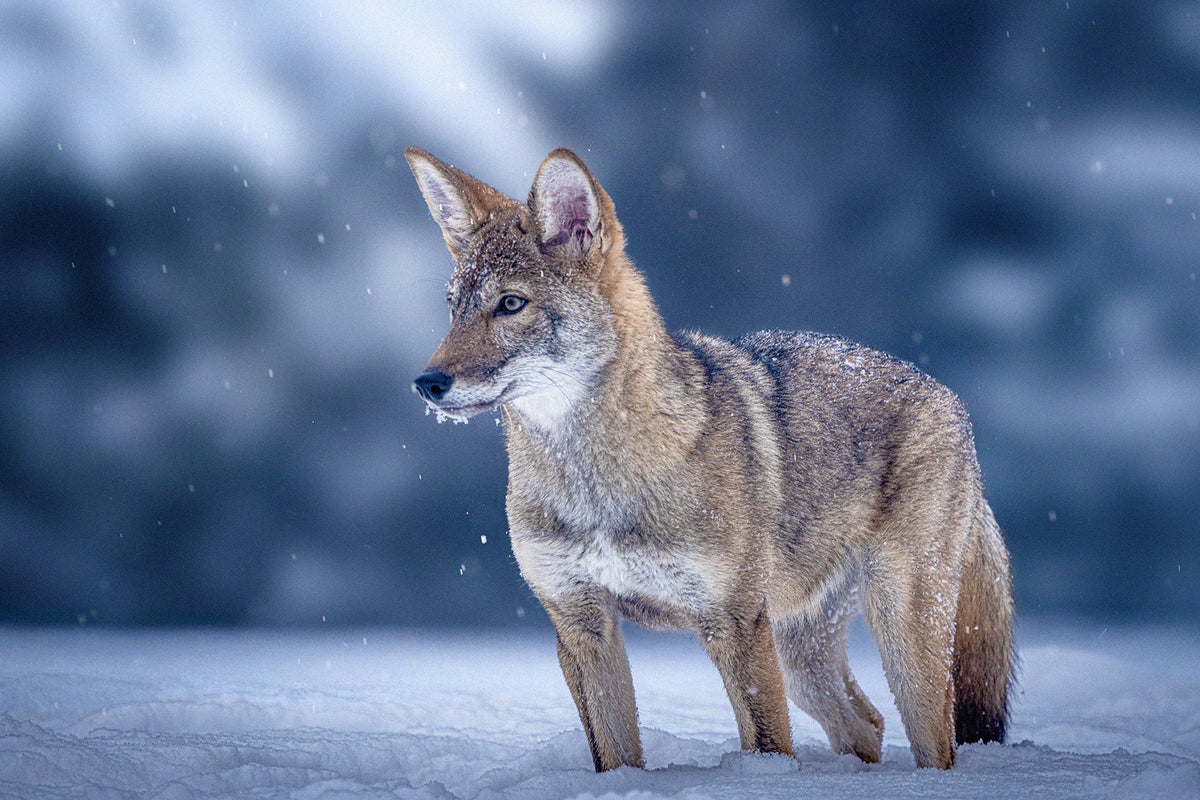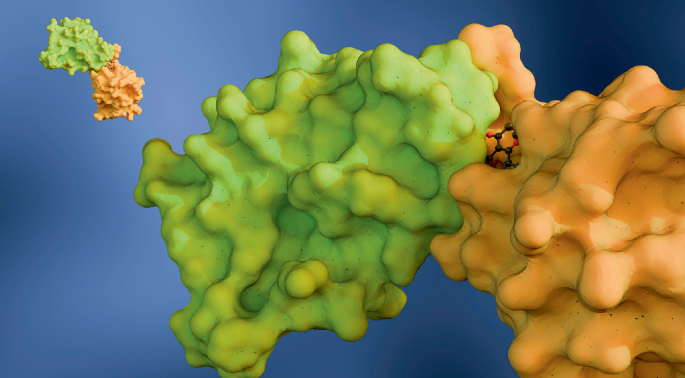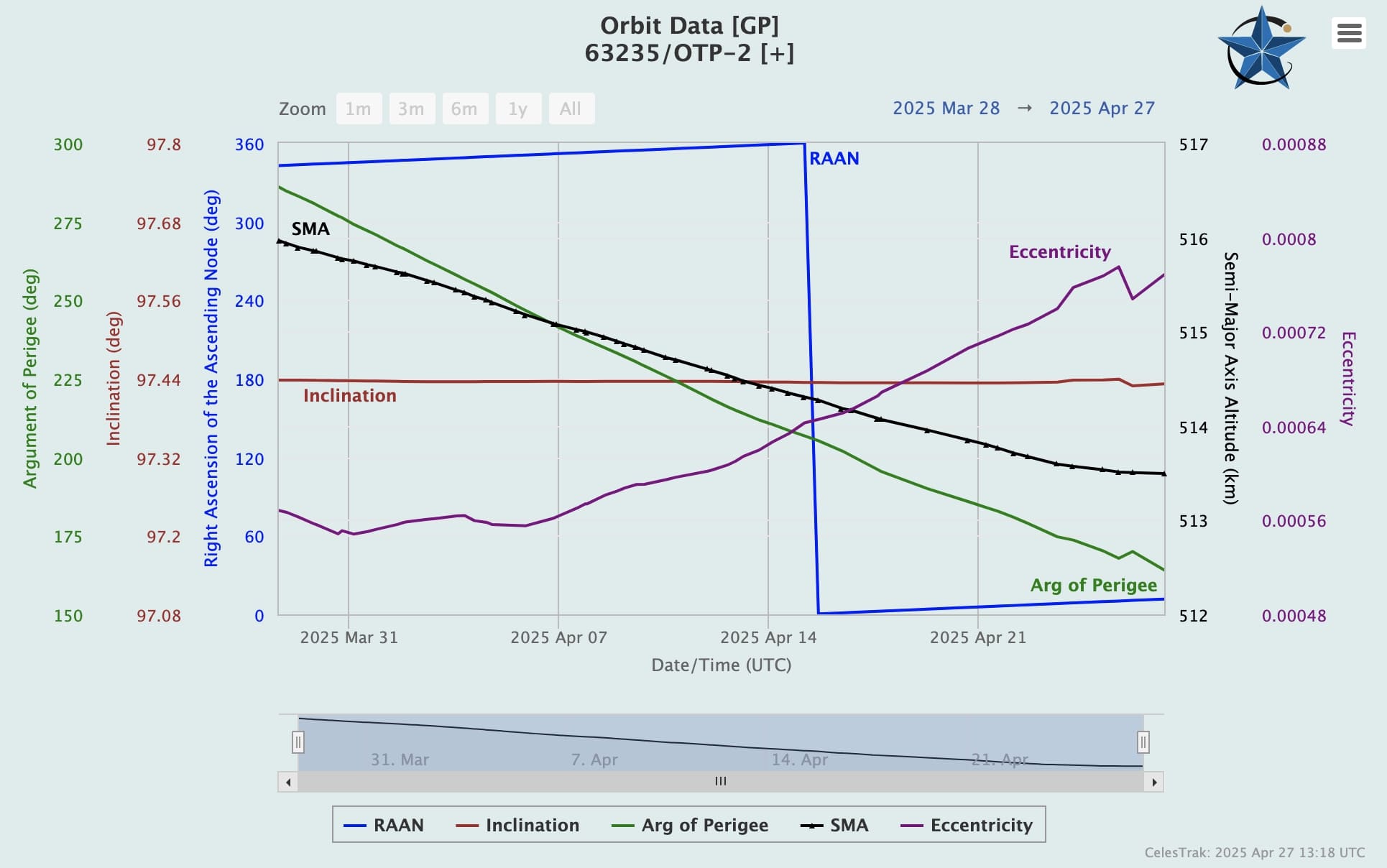Now Reading: Amid Dire Wolf Buzz, Focus Shifts to Saving Red Wolves
-
01
Amid Dire Wolf Buzz, Focus Shifts to Saving Red Wolves
Amid Dire Wolf Buzz, Focus Shifts to Saving Red Wolves

Quick Summary
- Cloning Success: Colossal Biosciences has cloned four red wolf pups from genetically rich “ghost wolves,” which are coyotes with significant red wolf DNA.
- Red Wolf History: Red wolves were declared extinct in the wild in 1980 due to habitat loss, hunting, and coyote hybridization. Currently, fewer than 20 red wolves remain alive in the wild under a U.S. Fish and Wildlife Services (FWS) conservation programme restarted in 2021.
- Technological Feat: The cloning process involved transferring nuclei from progenitor cells into donor dog eggs, then implanting them into surrogate dog mothers, resulting in triumphant births.
- Skepticism on Conservation Impact: Critics argue cloning alone is insufficient for endangered species recovery without robust habitat protection and effective population management strategies. Customary breeding may be more practical for increasing genetic diversity compared to cloning initiatives.
- Dire Wolf Confusion: Colossal also announced genetically engineered gray wolf pups mimicking dire wolf genes but faced scientific criticism over exaggerated claims of “de-extinction.” Concerns arose about rushing technology announcements without peer review while potentially distracting attention from effective wildlife conservation efforts.
Indian Opinion Analysis
The advent of cloning technology as demonstrated by Colossal biosciences undeniably showcases innovative potential for biodiversity preservation; though, its submission to save red wolves highlights unresolved complexities beyond genetics alone. Historically proven methods-such as safeguarding habitats from urban advancement and preventing fatal human-induced threats like hunting or vehicle collisions-remain critical components that have outperformed experimental approaches like genetic modification.
While such breakthroughs inspire optimism within India’s burgeoning biotechnology sector, policymakers must prioritize ecological strategies grounded on lasting forest management rather than narrowly technological fixes when addressing similar challenges involving Indian endangered species like the Great Indian Bustard or Asiatic Lion populations.
The criticism surrounding terms like “de-extinction” reveals blurred ethical lines that India too might encounter amid its ambitions toward precision genetics or artificial breeding programs for native fauna restoration projects-the debate underscores pressing obligations toward openness along with science-driven environmental stewardship.


























